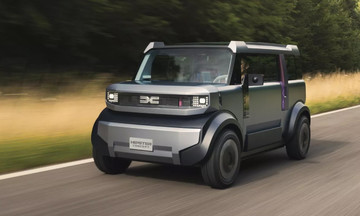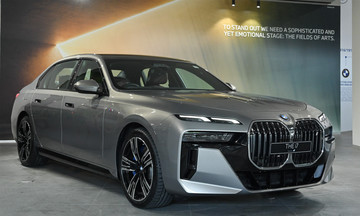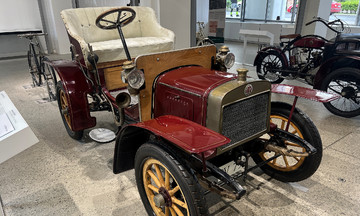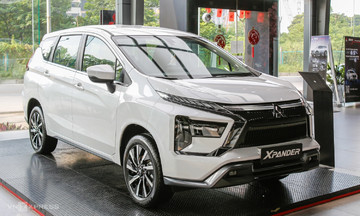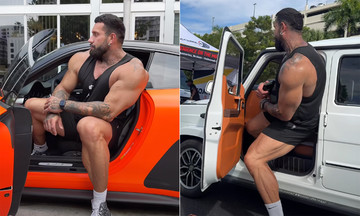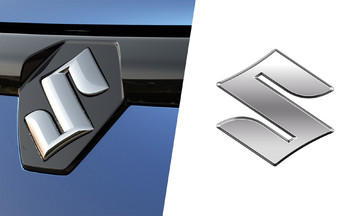Finding new roles for used electric vehicle batteries is a growing focus in the automotive industry, and Stellantis has found a unique, people-centric application. Instead of letting spent EV batteries gather dust, the company is repurposing them for mobility solutions beyond traditional cars.
One of the most interesting examples is a partnership with startup Avathor, which has developed a compact electric vehicle specifically designed for wheelchair users and people with limited mobility. Adding another layer of intrigue, the vehicle itself is designed by Italdesign, a subsidiary of Audi, part of the Volkswagen Group (VW).
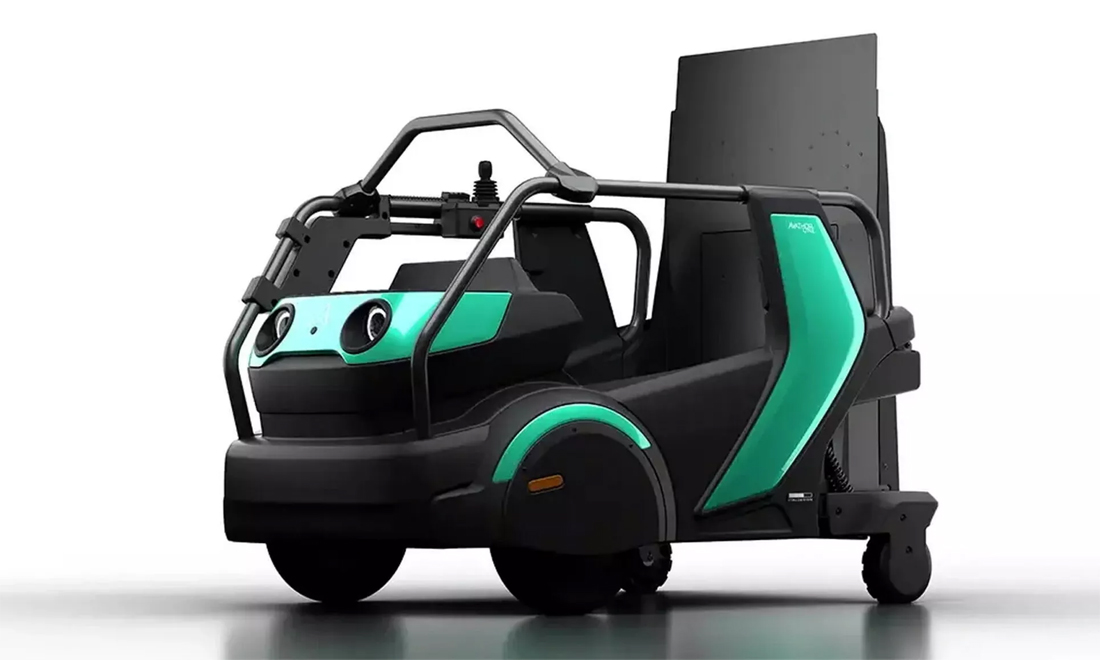 |
The Avathor wheelchair-accessible vehicle designed by Italdesign, using repurposed batteries from Stellantis EVs. Photo: Avathor |
The Avathor wheelchair-accessible vehicle designed by Italdesign, using repurposed batteries from Stellantis EVs. Photo: Avathor
This indirect and somewhat unusual collaboration between Stellantis and VW likely stems from both Avathor and Italdesign being based in Turin, Italy. This city is also a key Stellantis hub, home to the Mirafiori plant and Stellantis' European headquarters.
The process begins with Stellantis brands collecting batteries from end-of-life electric vehicles. These batteries are then transported to Turin, where SUSTAINera, Stellantis' circular economy business unit focused on extending usefulness and minimizing waste, comes into play. Next, a local partner, Intent S.r.l., disassembles the 15 kWh modules and repackages them for new applications.
For the Avathor One, the modules are reconfigured into 1.4 kWh or 2.8 kWh battery packs, enabling a range of up to 50 km between charges, with a top speed limited to 10 km/h.
The Avathor One, launched earlier this year, is based on Italdesign's futuristic 2019 WheeM-i concept. It features a rear ramp for wheelchair access, a retractable bench seat, and joystick controls.
Measuring just 1,486 mm long, this compact EV boasts car-like features such as LED headlights, a rearview camera, and collision avoidance sensors capable of detecting both obstacles and pedestrians. It can handle inclines of up to 20% and climb steps up to 8 cm high.
According to the company, the goal is to launch the Avathor in Italy by the end of this year, followed by Spain in 2026 and other markets in 2027.
Beyond the Avathor project, Stellantis SUSTAINera is also collaborating with utility providers and battery integrators. One example is the ENEL X Pioneer system, which stores renewable energy at Rome's Fiumicino Airport and is projected to cut 16,000 tons of CO2 emissions over 10 years.
Stellantis is not the only automaker actively engaged in the circular economy of battery reuse. Other brands like Nissan, Renault, BMW, Kia, Geely, Jaguar, Toyota, Honda, Skoda, and Audi are all involved in similar projects.
My Anh (Carscoops)




